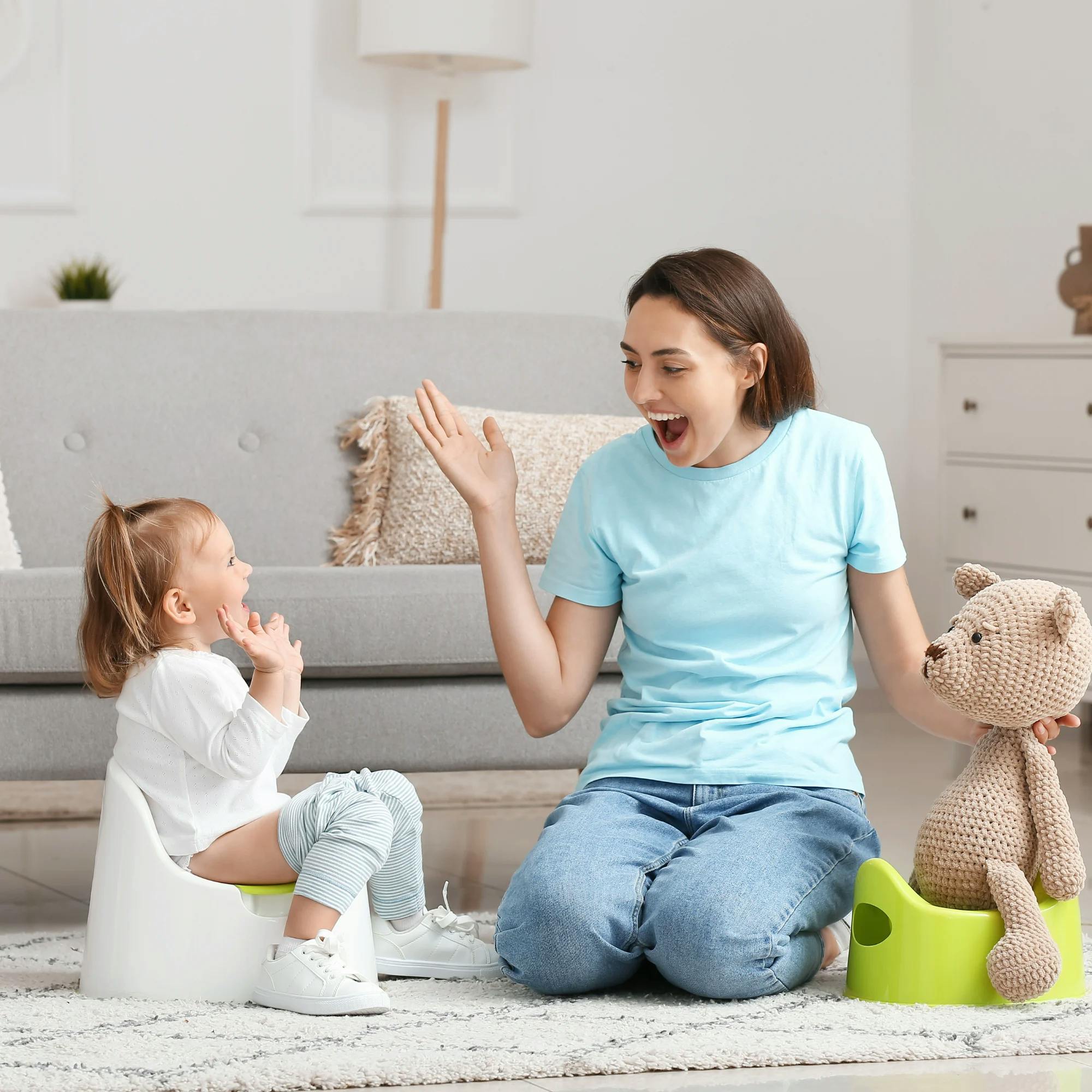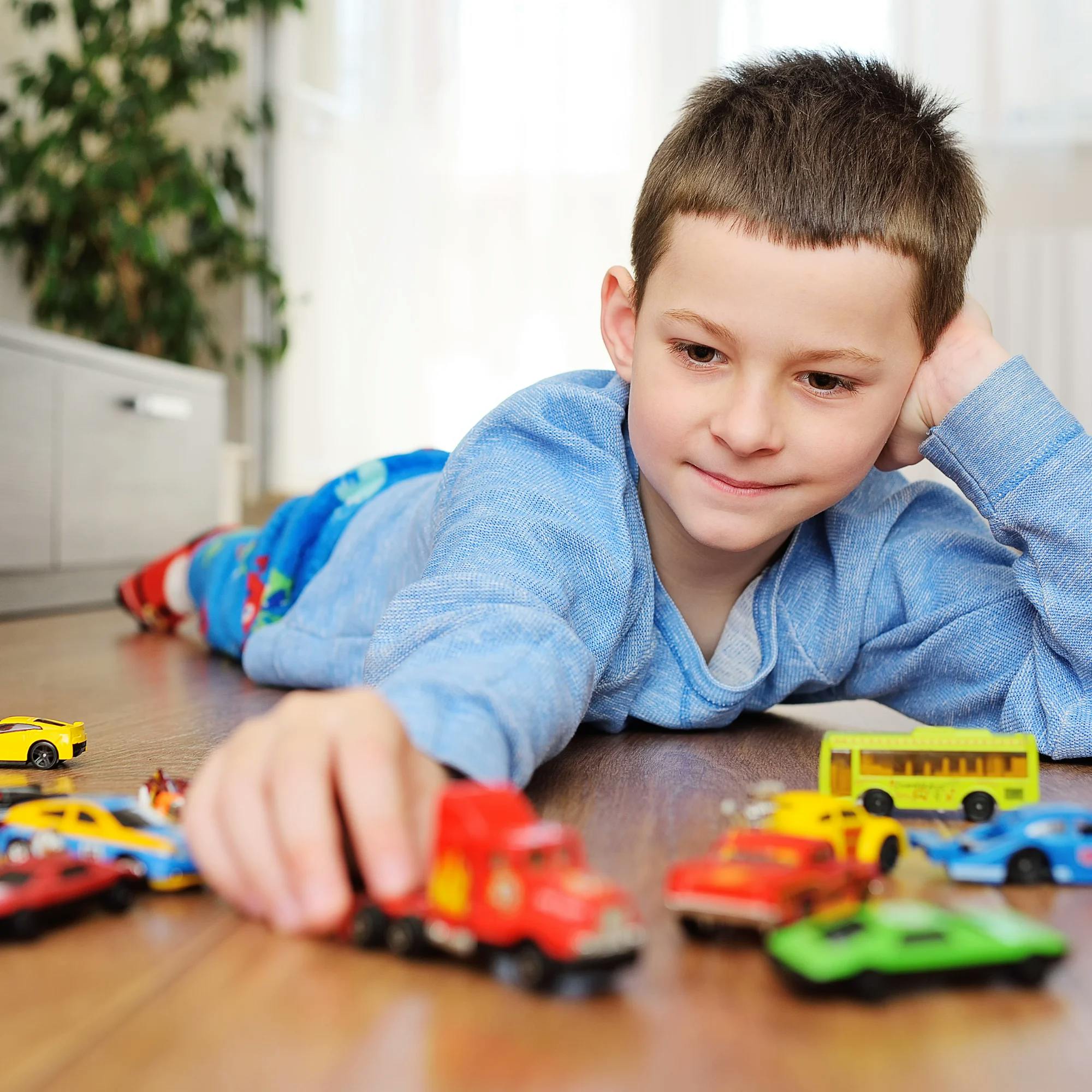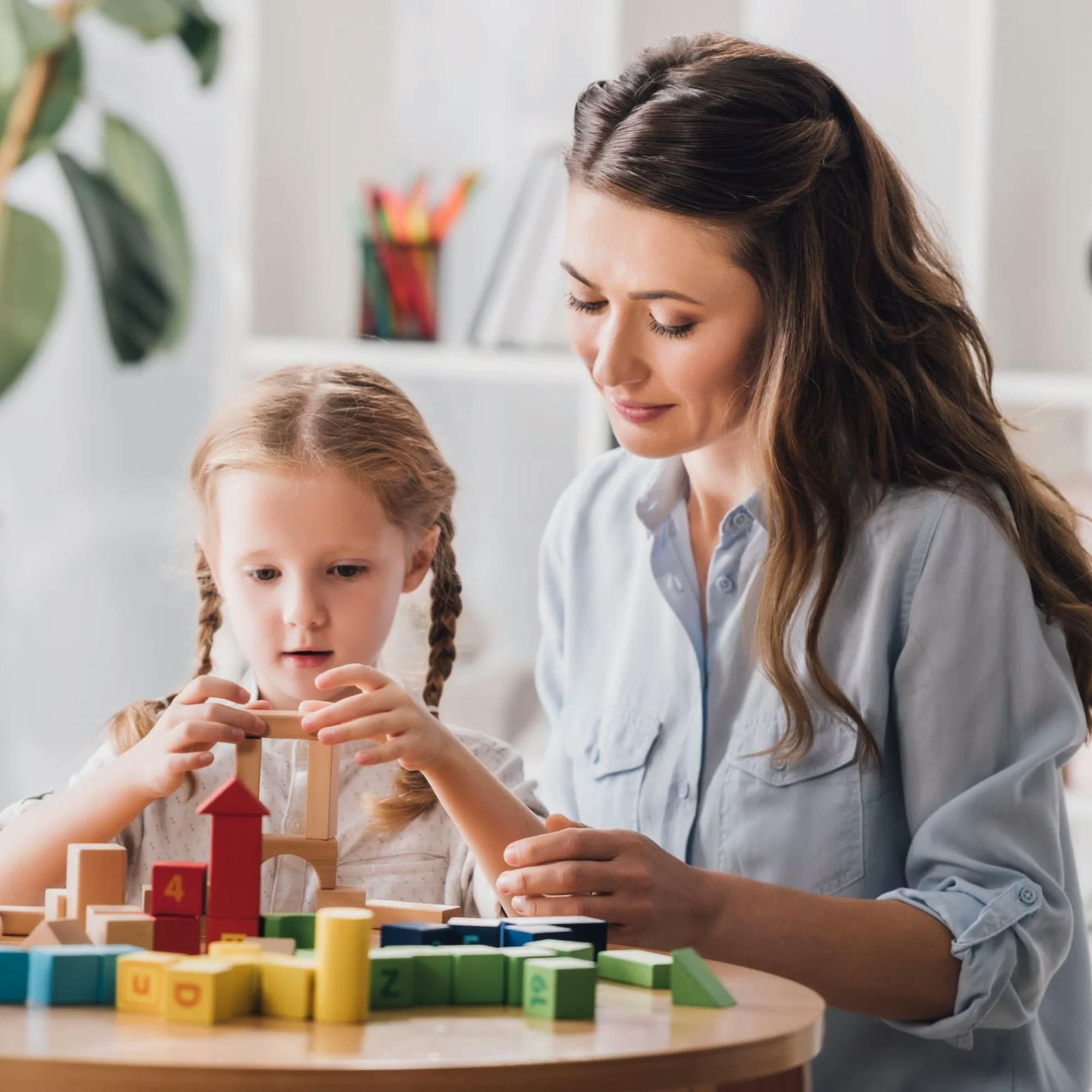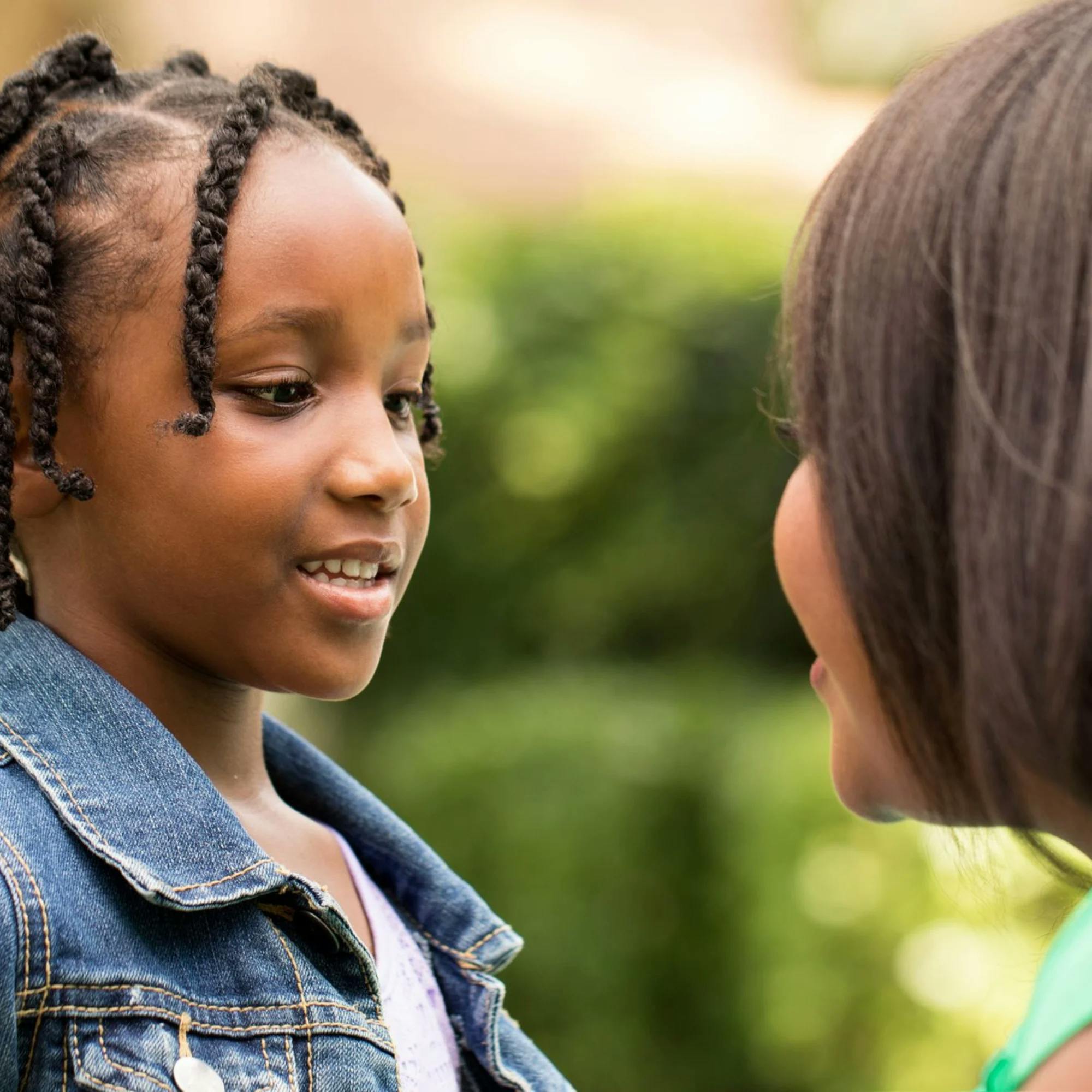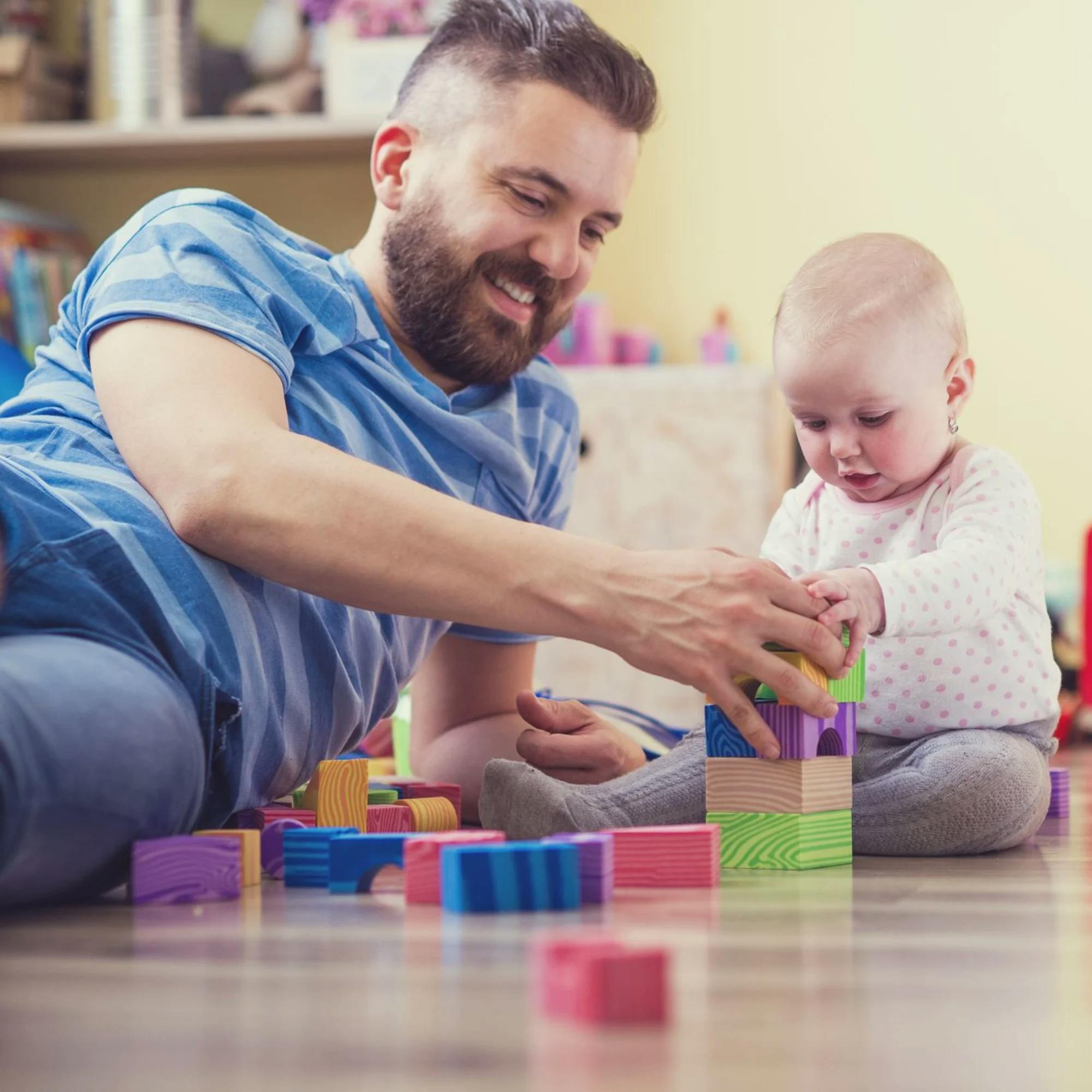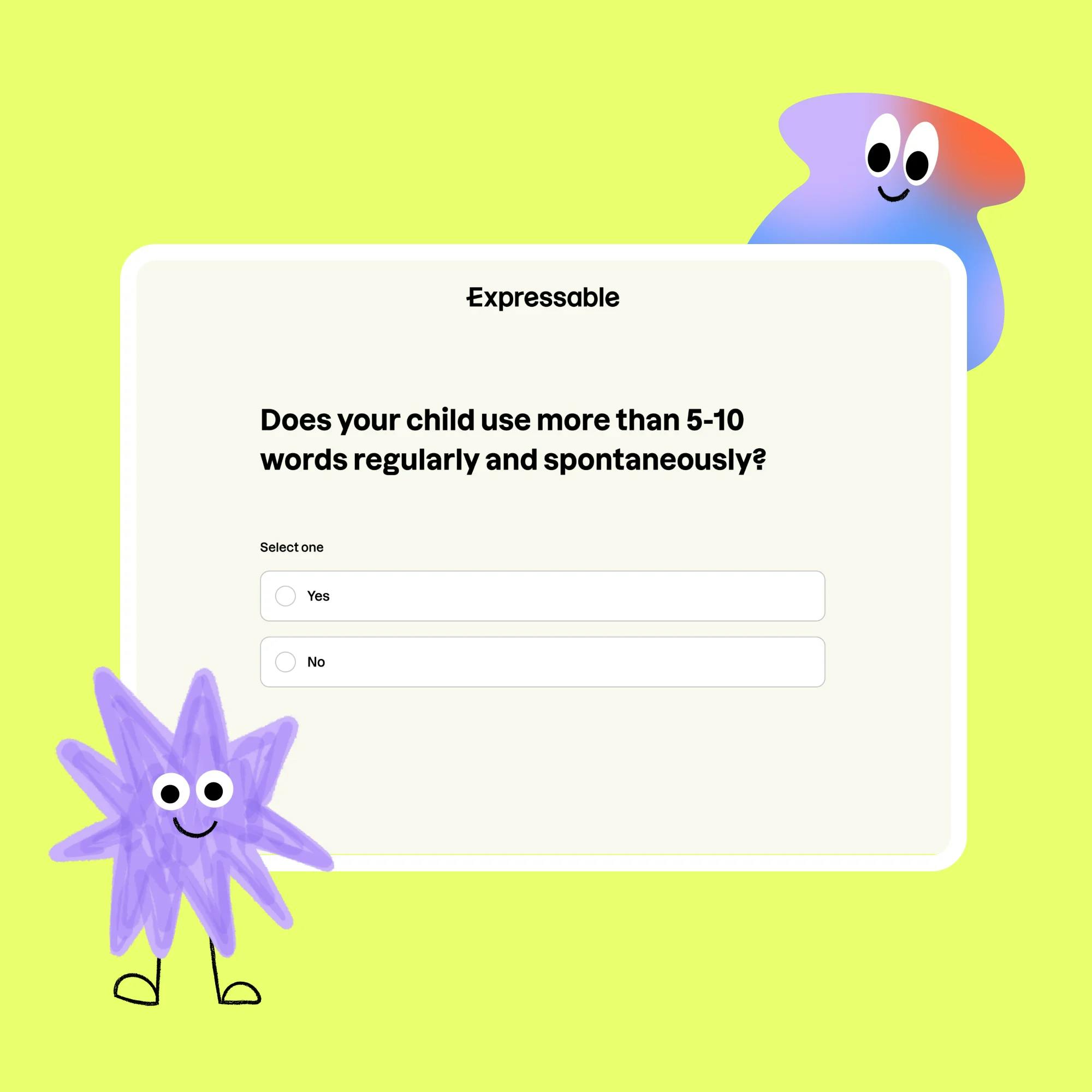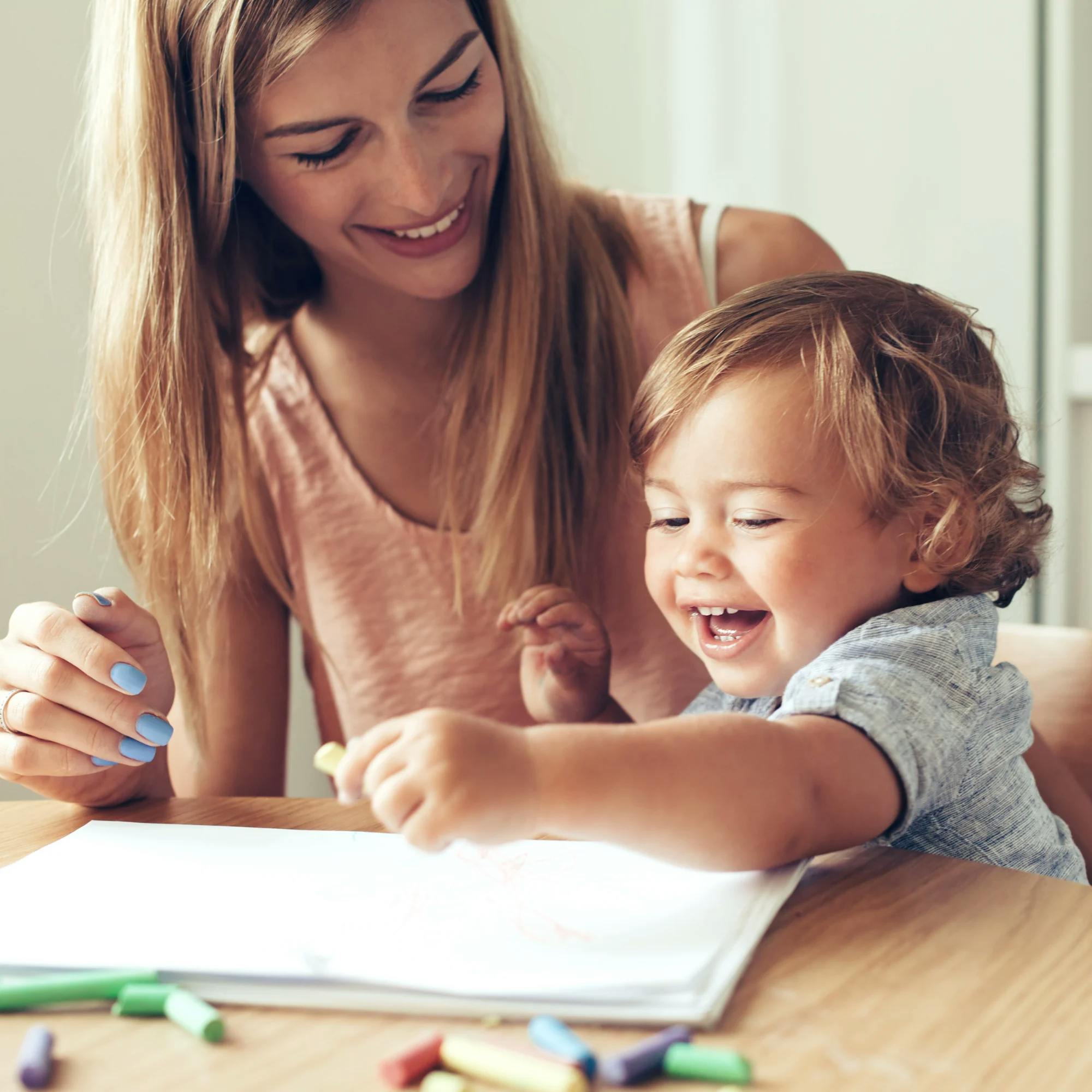Potty training… it’s one of the biggest milestones that your child reaches. And if we’re being honest, it's a big milestone for parents and caregivers, too!
While having your child out of diapers saves you a chunk of change, it isn’t always the smoothest road to get there. In this article, we share tips to help your child learn to use the potty if they’re not yet using words, whether they’re a young toddler, have a speech delay, or simply communicate in ways other than speech.
How do you know when it’s time to start potty training?
There are a few things to keep in mind when deciding when to start potty training. One thing to consider is whether your child knows when they are wet. Do they seem to understand the sensation of being wet versus dry? If your child acts uncomfortable when they have a wet diaper, or gestures or cries for you to change them, this is a great sign that they could be ready to potty train.
Another sign that your child is ready to potty train is when they show interest in the toilet. If they approach the potty when they have the urge to go, or they seem interested in what the toilet is for, this could be a sign that they’re ready to start potty training.
Is your child on track?
Take our free screener to learn more about your child's development and whether a speech evaluation is recommended.
 Screener for children
Screener for childrenDoes a child need to be talking in order to potty train?
Your child doesn’t need to be using words in order to learn to use the toilet. Your little one may be a toddler who’s not talking much yet. They may have a speech delay, or they may be autistic and nonverbal. But whatever type of communication system they use, you can use it for potty training!
Think about your child’s communication style. Do they use any sounds or words to tell you what they want or need? Do they make gestures, like pointing or pulling you over to items? Do they use baby sign language or pictures to communicate?
Remember, communication isn’t just about talking. You simply need to pay attention to how your child communicates best, then use that during toilet training.

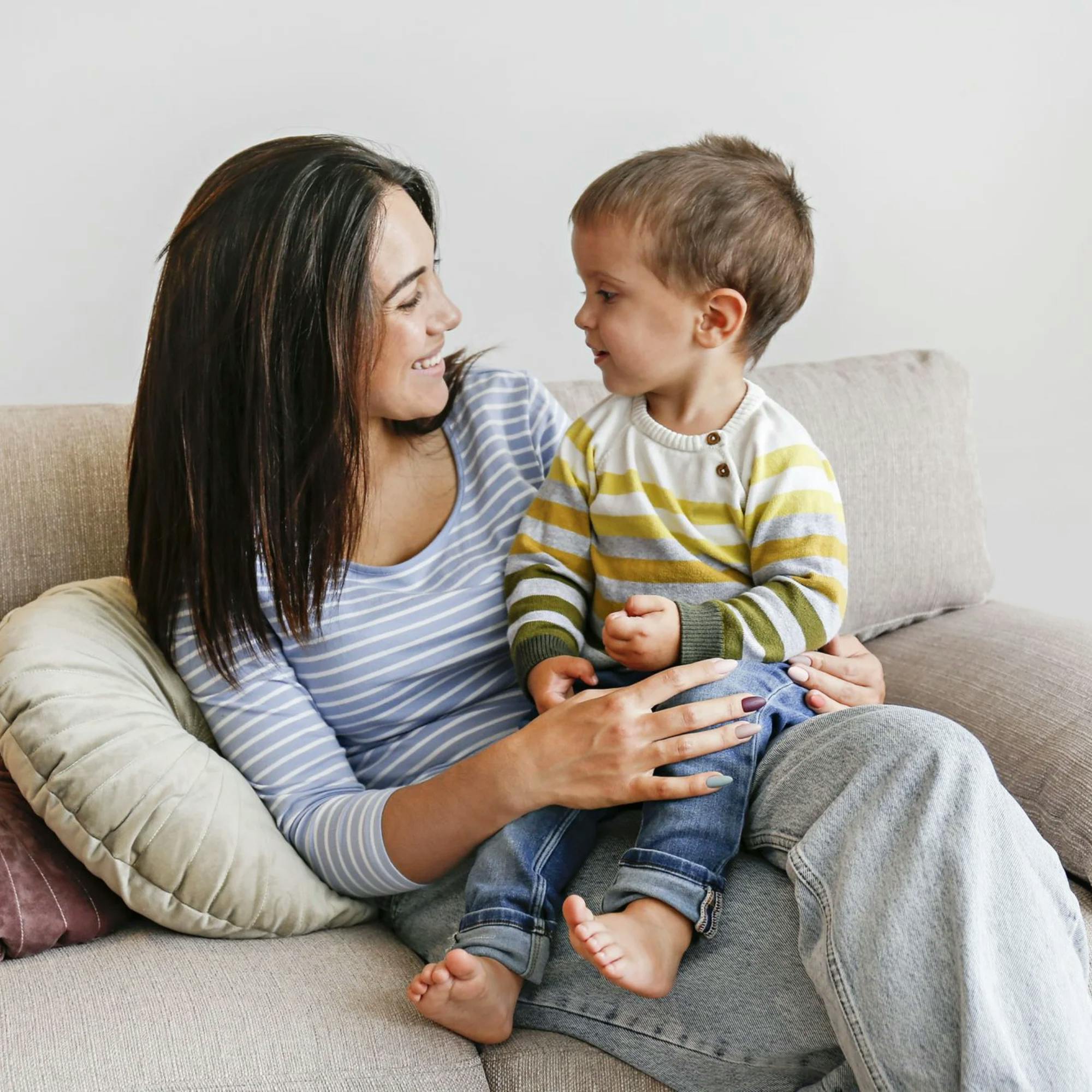
Basic potty training tips
You can start by putting your child on the potty several times a day. If you’re home with them for most of the day, give them more to drink in order to help them go potty more. Chances are that one of the times you put them on the toilet, you’ll catch a natural time they need to go. In this case, they’ll use the potty, even if they didn’t initiate it by telling you or going to the toilet themself.
When this happens, make sure to cheer, clap, and get excited! Your child will begin to associate this positive praise with using the toilet.
If you’re using a reward, be sure to give it to your child as soon as they use the toilet.
You can also use other rewards as you see fit. It’s best (and easiest!) to keep rewards small but motivating. It isn’t realistic to give your child something big, like a new toy, every time they make it to the potty. So find an achievable and consistent reward for them. Maybe it’s enjoying a bite of a treat, bringing out a special toy that’s only associated with going potty, or singing a favorite silly song together.
If you’re using a reward, be sure to give it to your child as soon as they use the toilet. The reward needs to be presented as quickly as possible to help your child make the connection between the reward and going potty.

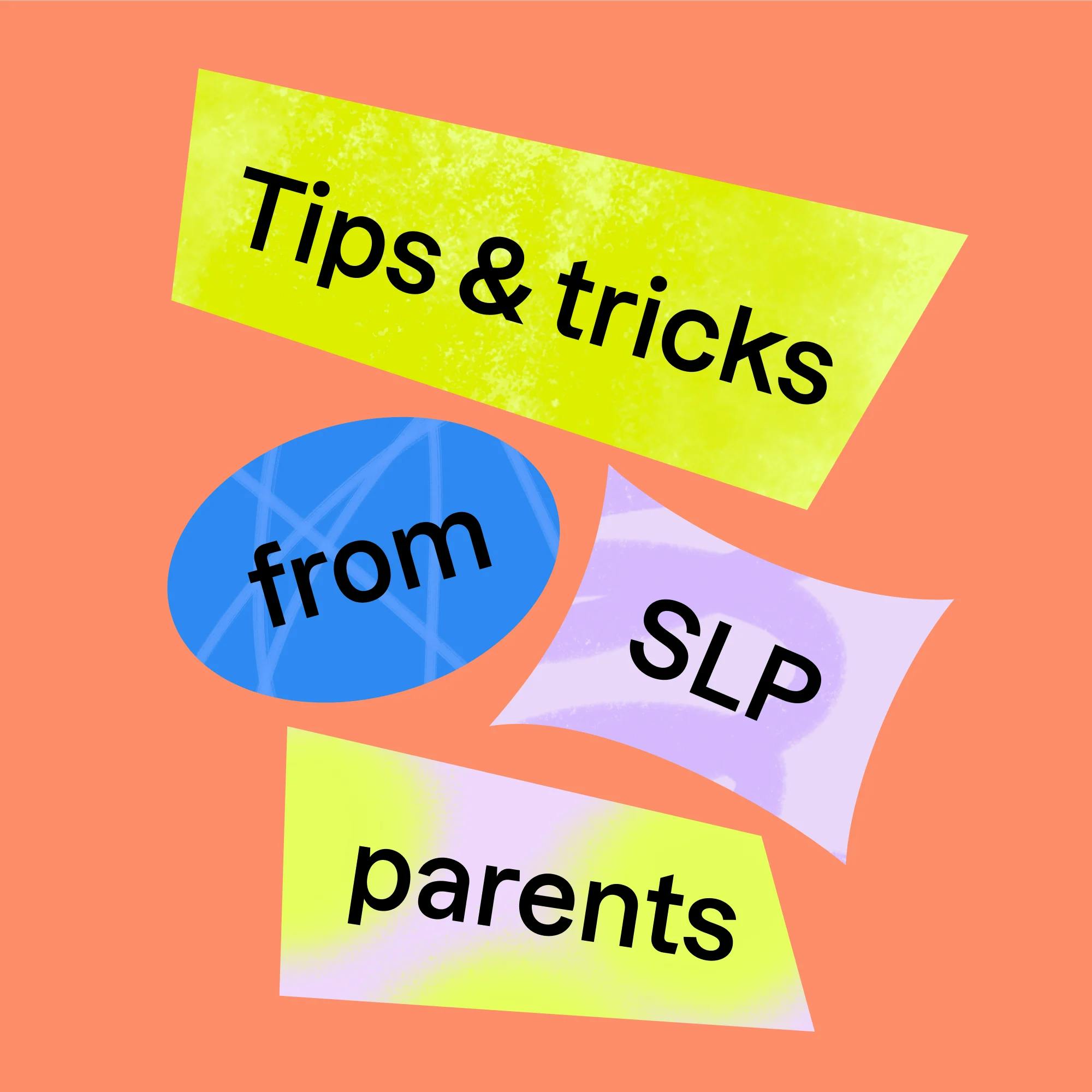
How to help your child communicate during potty training
Whether you’re working with a young toddler, a child with a speech delay, or an autistic child, you can teach them to communicate about going potty in a variety of ways. Choose the system that’s closest to your child’s current way of communicating.
Using gestures
If your child uses gestures to communicate, you can teach them some simple signs to use to express that they need to go. This may be the baby sign language signs for “pee” or “poo,” or even something as simple as them patting their pants. You can also work on head nods and shakes for “yes” or “no.”
Model, or demonstrate, these signs or gestures for your child during potty time so they begin to understand how to use them in this context.


Using AAC or pictures
If your child uses an AAC device device or pictures to communicate, make sure they have a way to ask to go to the bathroom. This could be as simple as a picture of the toilet.
When taking your child to the bathroom, hit the associated button on their device or show them the picture of the potty. You can say, “Let’s go potty,” or “Let’s go to the bathroom.” Help your child hit the button or choose the picture when you can tell they need to go.
Over time, you can back off on the help you give your child to select the picture or button. Before you know it, they’ll be using this communication on their own!
Find the right speech therapist for your child
We'll match you with a licensed speech therapist who's experienced in your child's needs and available when you are.
 Get started
Get startedUsing words
No matter how your child communicates, you should talk about what’s happening during potty time to help them start understanding the words related to this activity.
For example, you can repeat the word “potty” in phrases such as “Let’s go potty!,” “Sit on the potty!,” or “Go pee pee in the potty!” You can also use pictures of the potty to help your child understand what it’s called.
Talk about what’s happening during potty time to help your child understand the words related to this activity.
If your child is ready to talk or is already saying a few words, they may begin using these words to tell you what they need. Be sure to pay close attention as they try to communicate–you never know when that first time will be!
But don’t worry if your child isn’t yet ready to talk about the potty. Learning to use the toilet is a big task, and so is learning to communicate. Just focus on the way your child currently communicates, practice consistently, and take it from there!
What if your child is having a hard time communicating about going potty?
If your child is having trouble communicating during potty training, try these tips:
1 Ask yourself, Can my child use this communication system in other situations?
For example, if you’re focusing on gestures, does your child gesture for items they want like toys, people, or food? If not, you may need to work on this skill in preferred tasks first. Potty time isn’t always something that kids naturally request, the way they would a toy or snack. So spend some time working on gestures, or whatever form of communication you’ve chosen, in preferred contexts.

2 Read books and look at social stories related to potty training
There are plenty of fun children’s books that focus on learning to use the potty. And social stories can be a useful tool, too. Dr. Madeline Janney, CCC-SLP, one of our Expressable speech therapists, explains how they work: “Social stories are a great, evidence-based way to help prepare children for new routines or activities. A social story is a short, simple story told from the child’s perspective that can give them an idea of what’s going to happen in a new situation. Potty training is new in many ways!”
3 Practice consistently
For most kiddos, potty training doesn’t happen overnight. Your child will likely need lots of practice and repetition before they begin asking to go potty on their own. In some cases, it may make sense to pause potty training and try again a few months later. When your child is ready, they’ll reach this big milestone!
How Expressable Can Help
Concerned your child isn't reaching age-expected milestones? Looking for communication support from a professional? Expressable is a national online speech therapy practice serving children and adults. We treat all major areas of communication and feeding, offer flexible hours including evenings and weekends, and accept most major health insurance plans. We’re proud to have earned more than 3,000 5-star reviews from our clients (4.9/5 average).
Our therapy model is centered on parent and caregiver involvement. Research proves that empowering caregivers to participate in their loved one’s therapy leads to better outcomes. That’s why we combine live, 1-on-1 speech therapy with personalized education and home practice activities for faster progress.
Communication is more than words. It’s how we share how we feel and show who we are. We’re here to help you or your child do just that.

 Abby Barnes, M.S., CCC-SLP
Abby Barnes, M.S., CCC-SLP